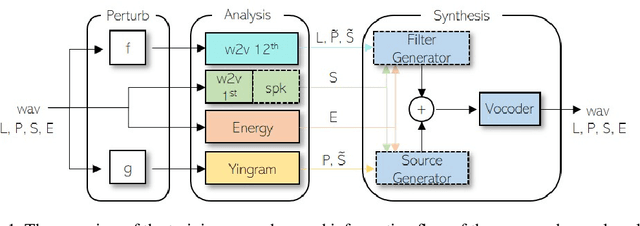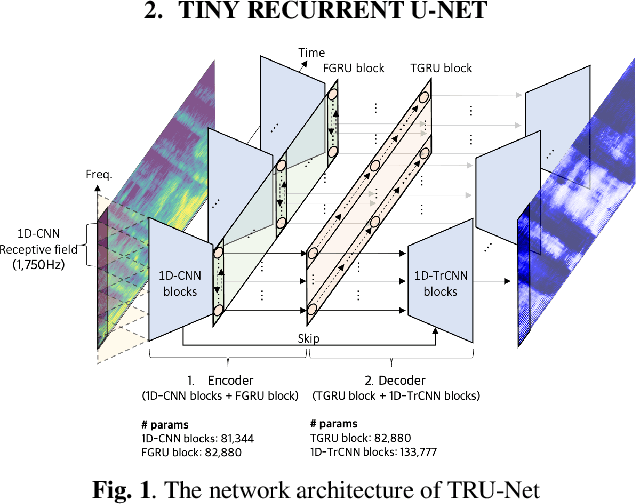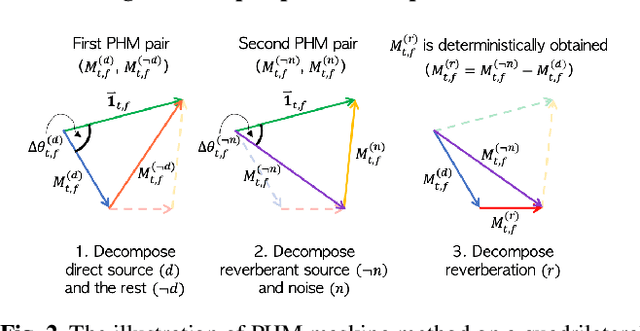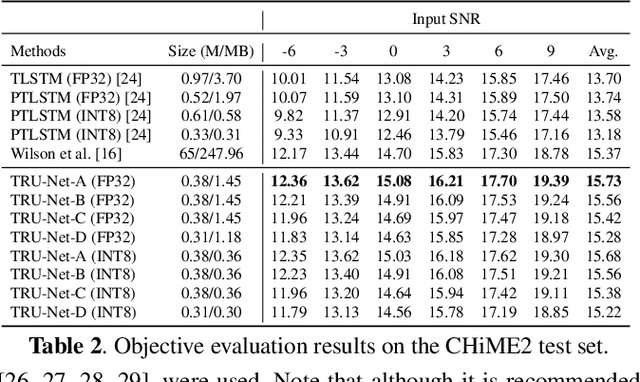Hoon Heo
Neural Analysis and Synthesis: Reconstructing Speech from Self-Supervised Representations
Oct 28, 2021



Abstract:We present a neural analysis and synthesis (NANSY) framework that can manipulate voice, pitch, and speed of an arbitrary speech signal. Most of the previous works have focused on using information bottleneck to disentangle analysis features for controllable synthesis, which usually results in poor reconstruction quality. We address this issue by proposing a novel training strategy based on information perturbation. The idea is to perturb information in the original input signal (e.g., formant, pitch, and frequency response), thereby letting synthesis networks selectively take essential attributes to reconstruct the input signal. Because NANSY does not need any bottleneck structures, it enjoys both high reconstruction quality and controllability. Furthermore, NANSY does not require any labels associated with speech data such as text and speaker information, but rather uses a new set of analysis features, i.e., wav2vec feature and newly proposed pitch feature, Yingram, which allows for fully self-supervised training. Taking advantage of fully self-supervised training, NANSY can be easily extended to a multilingual setting by simply training it with a multilingual dataset. The experiments show that NANSY can achieve significant improvement in performance in several applications such as zero-shot voice conversion, pitch shift, and time-scale modification.
Real-time Denoising and Dereverberation with Tiny Recurrent U-Net
Feb 10, 2021



Abstract:Modern deep learning-based models have seen outstanding performance improvement with speech enhancement tasks. The number of parameters of state-of-the-art models, however, is often too large to be deployed on devices for real-world applications. To this end, we propose Tiny Recurrent U-Net (TRU-Net), a lightweight online inference model that matches the performance of current state-of-the-art models. The size of the quantized version of TRU-Net is 362 kilobytes, which is small enough to be deployed on edge devices. In addition, we combine the small-sized model with a new masking method called phase-aware $\beta$-sigmoid mask, which enables simultaneous denoising and dereverberation. Results of both objective and subjective evaluations have shown that our model can achieve competitive performance with the current state-of-the-art models on benchmark datasets using fewer parameters by orders of magnitude.
 Add to Chrome
Add to Chrome Add to Firefox
Add to Firefox Add to Edge
Add to Edge